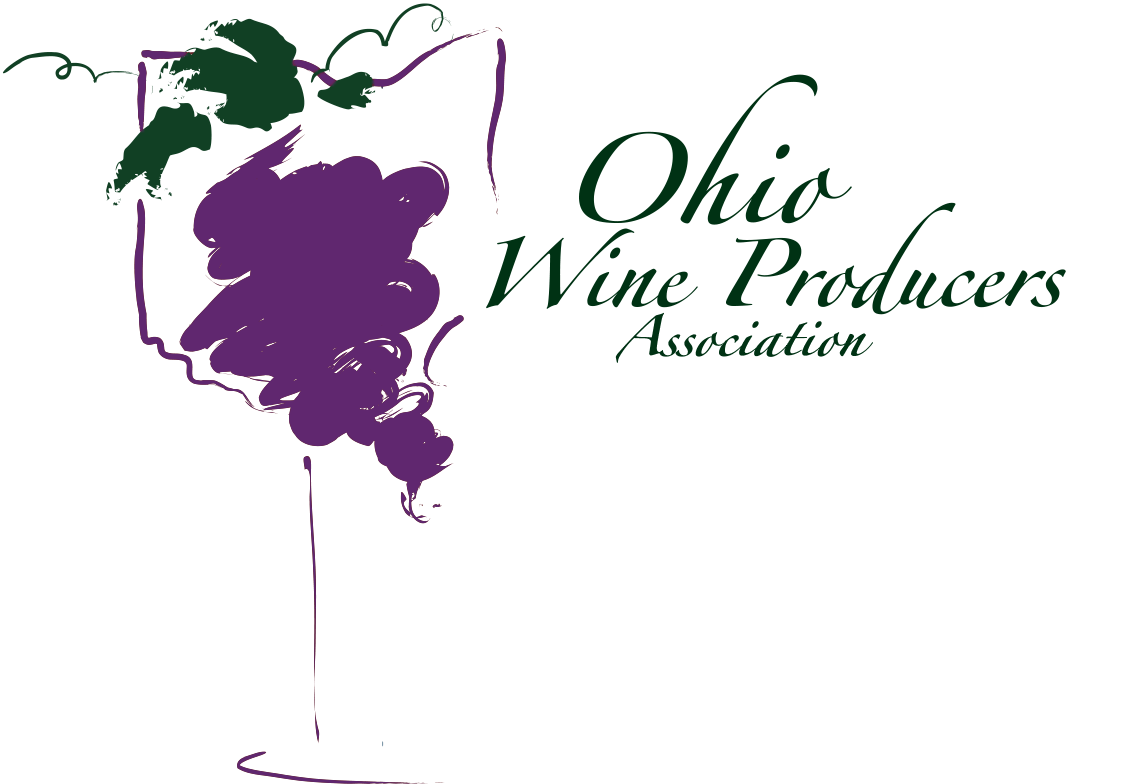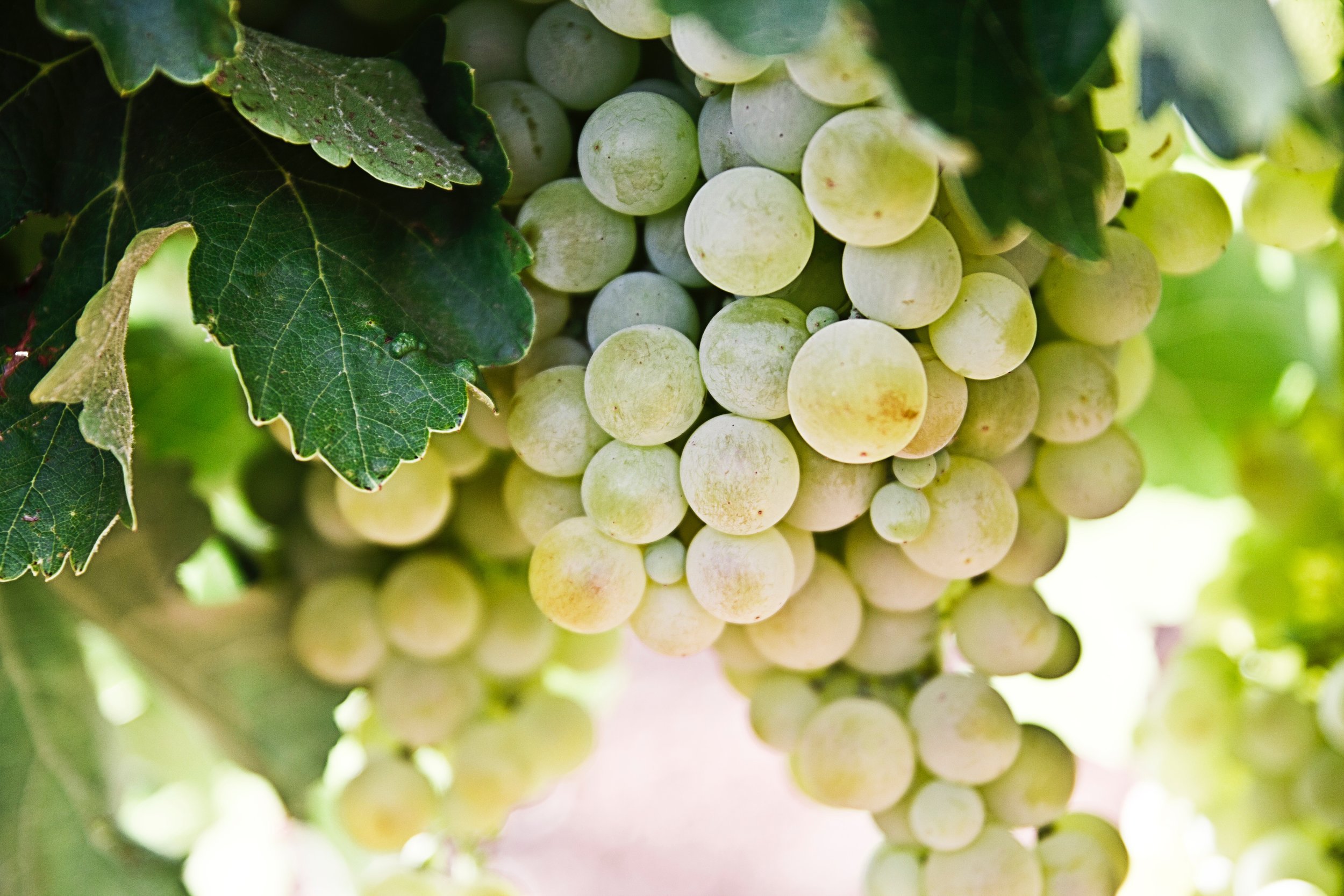What happens between barrel and bottle?
In the wine business we talk lots about vineyard practices, cellar techniques and tasting procedures. But between the cellar and the bottle heading to the store shelf, there are a bunch of steps winemakers must oversee. The outline below is taken in part from a great wine educational publication created by the Inniskillin Winery to our north in Ontario. It is authored by their legendary owner Donald Ziraldo. The rest of the information came from conversations with local winemakers.
Once a wine is deemed ready for bottling, it is pumped from barrels or tanks into stainless steel holding tanks. These are usually quite large and will hold most of the liquid needed for a single bottling session.
Empty glass bottles are brought early in the morning of the designated bottling day. They are dumped from the cardboard, and individually rinsed to remove any cardboard dust that may have accumulated since the glass was manufactured.
At about the same time, the natural corks are removed from their packaging, individually examined for soundness and sanitized with steam.
The bottle filling machine is steam-cleaned and all of the food-grade hoses are flushed to ensure a clean process.
The filler equipment level is checked so that the final amount of wine will match 750 ML quantity noted on each bottle.
When the bottling actually begins, using stainless-fitted pumps, the wine is pumped from the holding tanks, through a final filter, usually using a micron membrane filter, to remove any minor impurities. Once each bottle is filled to the appropriate level, the remaining headspace is injected with an inert gas [often nitrogen] to remove any oxygen in the air that would otherwise damage the wine.
The corks are then put into the bottles [using a small floor stand corker at the smallest wineries, as a part of a complex bottling line at the larger operations] The equipment takes the cork from it natural 24 millimeter sized and compresses it to about 15 millimeters. Once the cork is in the bottle, it expands to fill the entire neck.
The bottle is sealed with a tin-type metal capsule, a shrinkable plastic one or in some more esoteric operations, with liquid wax.
The labels are next. These are most often just a front main label, but often, neck and back labels are used to help tell the story of what is in the bottle. In some small, family operations, labels are actually hand-applied; in the larger operations, it too is a done on the line with specifically designed equipment.
The full bottles are returned to their cardboard cases, put into a temperature controlled warehouse for additional aging or sent directly up to the tasting room and offered for sale.
By most accounts, a winemaker must be both an artist and a scientist however to finish his job, a bit of organizational aptitude is helpful.
For more information: dwinchell@OhioWines.org
About the author:
Donniella Winchell, Executive Director of the Ohio Wine Producers Association...


